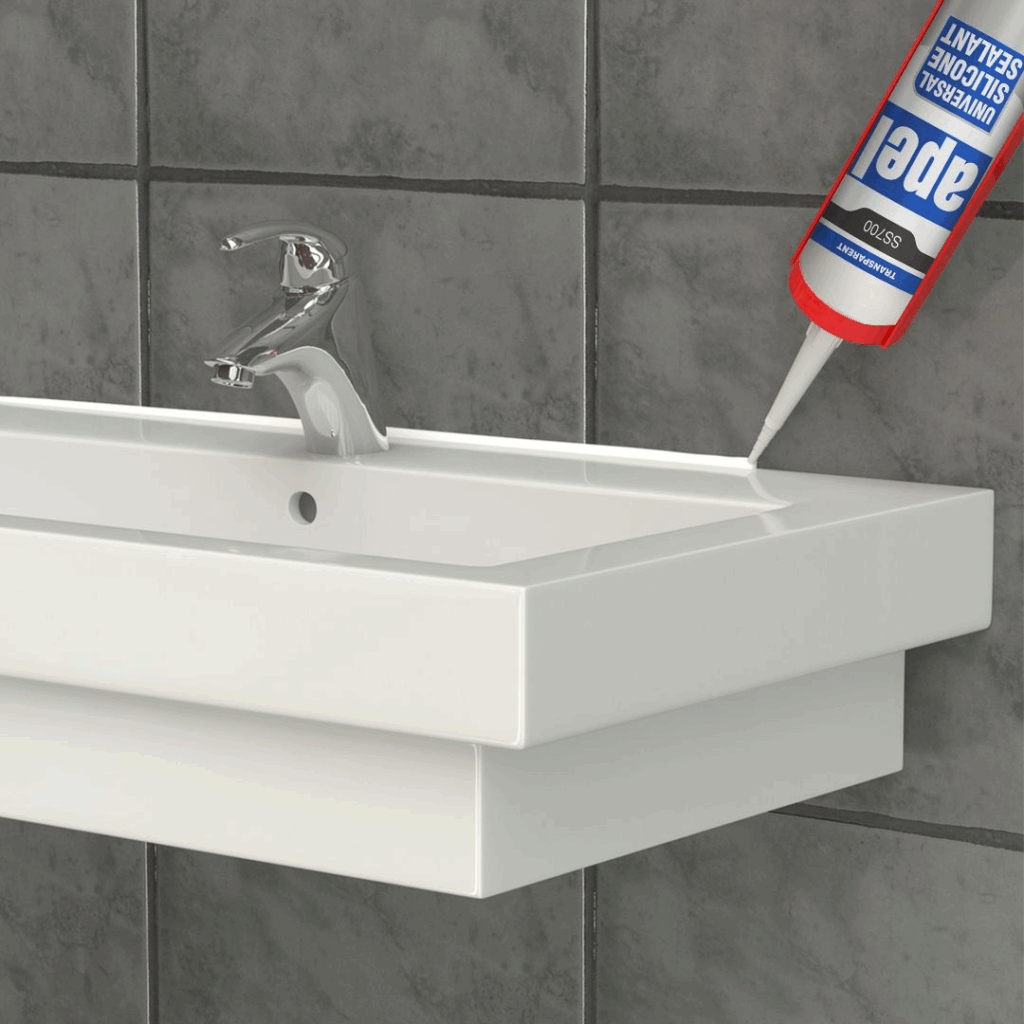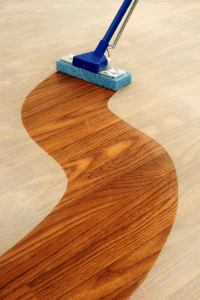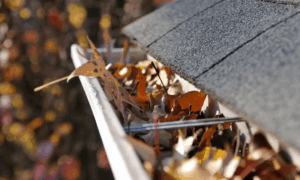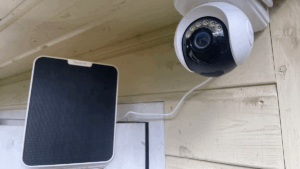That slim, white bead of sealant around your tub or sink may look small, but it does big work. In a Canadian bathroom – where moisture and humidity are constant – sealant is your first line of defence against leaks, water damage, and mould.
Choosing the right waterproof silicone sealant keeps your bathroom looking fresh while protecting your home from costly repairs. And as more homeowners focus on indoor air quality, eco-friendly low-VOC formulas are becoming the smarter choice. This guide explains how to pick a sealant that’s tough on water, safe for your family, and built to last.
What Makes Bathroom Sealants Different?
Sealants are more than just caulk. Bathroom formulas are designed to:
- Create a watertight barrier around tubs, showers, and sinks.
- Flex with movement, so they don’t crack when surfaces expand or shift.
- Resist mould and mildew, thanks to special biocides built into the formula.
In short, not all caulks are bathroom-ready. The wrong product may peel, disintegrate, or even trap moisture.
Why Choosing the Right Sealant Matters
Picking a quality bathroom sealant isn’t just cosmetic – it protects your home and health.
- Stop Water Damage Before It Starts – A cracked sealant line lets water seep into walls and subfloors. Left unchecked, this can lead to wood rot, drywall damage, or structural repairs worth thousands.
- Guard Against Mould Growth – Health Canada warns that mould exposure can trigger respiratory problems and allergies. A mould-resistant sealant helps block one of the most common sources in bathrooms.
- Improve Indoor Air Quality – Traditional silicones can release high levels of VOCs (volatile organic compounds) while curing. Low-VOC sealants are a safer, eco-friendly alternative. Under Canada’s new VOC Concentration Limits for Certain Products Regulations, sealants and caulks are regulated to limit harmful VOC emissions.
- Keep Bathrooms Looking Fresh – Clean, bright sealant instantly makes a bathroom feel cared for – boosting both comfort and resale value.
Comparing Sealant Options

Here’s how the most common types of bathroom sealant stack up:
| Type | Waterproofing | Flexibility | Mould Resistance | Eco-Friendliness |
| 100% Silicone | Excellent – long-lasting waterproof barrier | High – stays flexible for years | High – strong mould resistance | Low – high VOC levels, strong odour |
| Siliconized Acrylic Latex | Good – water-resistant but less durable | Medium – can become brittle | Medium to High – varies by brand | Medium – lower VOC than pure silicone |
| Low-VOC / Eco-Friendly Silicone | Excellent – matches traditional silicone | High – maintains flexibility | High – effective, low-odour mildewcides | High – very low VOC, healthier option |
Takeaway: For areas exposed to heavy water, 100% silicone or eco-friendly silicone is your best bet. Acrylic latex is easier to work with but less durable in wet zones.
How to Choose the Best Sealant in 2025
When buying sealant, keep this checklist in mind:
- Insist on 100% Silicone for Wet Areas – Around tubs, showers, and sinks, nothing seals better.
- Check for Kitchen & Bath Labels – Look for clear wording like “mould-resistant” or “mildew-proof”. Many brands back this up with a 5-10 year mould-free guarantee.
- Choose Low-VOC for Healthier Air – Products labelled “low-VOC” or “VOC-compliant” have less odour and are safer for households with children or people with sensitivities.
- Pay Attention to Cure Time – Some formulas are “shower-ready” in 30 minutes; others need a full 24 hours. Plan your project accordingly.
Common Mistakes to Avoid
Even the best sealant can fail if applied incorrectly. Watch out for these pitfalls:
- Applying Over Old Sealant – New material won’t bond properly. Always scrape out the old bead first.
- Skipping Surface Prep – The joint must be clean, dry, and free of soap scum. Wipe with rubbing alcohol or a mild bleach solution before applying.
- Using the Wrong Caulk – Standard painter’s caulk isn’t waterproof. Never use it in showers or tubs.
Discussion: The Truth About “Mould-Free” Guarantees
Many sealants promise 5-10 years of mould resistance, but no product lasts forever. Over time, cleaning chemicals break down the protective ingredients.
To get the longest life from your sealant:
- Run your exhaust fan during and after showers.
- Squeegee tile walls to reduce standing water.
- Clean with a gentle, pH-neutral bathroom cleaner instead of harsh chemicals.
Sealant works best as part of a broader moisture-control strategy – using exhaust fans, fixing leaks, and ensuring surfaces are clean and dry. For health effects related to dampness and mould, see the CCOHS guidelines on Indoor Air Quality – Moulds and Fungi.
Frequently Asked Questions (FAQ)
1. What should I consider when choosing waterproof silicone sealants for bathrooms?
Prioritize three things: make sure it is 100% silicone for maximum waterproofing, confirm it is explicitly rated for kitchen and bath with mould and mildew resistance, and check the cure time to know when you can use your shower or tub again.
2. How do I choose the best eco-friendly sealant option?
Look for products clearly labelled as “low-VOC” or “VOC-compliant.” These formulations are designed to have minimal impact on your indoor air quality and often have a much less pungent odour during application compared to traditional silicone sealants.
3. What are the advantages and disadvantages of 100% silicone sealant?
The main advantages are its superior waterproofing, long-term flexibility, and excellent adhesion. The main disadvantages are that it cannot be painted and can have a strong odour during its curing process (unless you choose a low-VOC formula).
Conclusion

That small bead of sealant in your bathroom plays an outsized role in protecting your home from water damage and maintaining a healthy environment. By choosing one of the many high-quality waterproof silicone sealants for bathrooms, you can ensure a durable, long-lasting barrier against moisture and mould. For the health of your family and the quality of your indoor air, consider making an eco-friendly, low-VOC formula your top choice. This small, thoughtful decision is a smart investment in the long-term health and durability of your home. The World Health Organization notes that household air pollution from chemical products and fuels contributes to serious respiratory risks worldwide.




